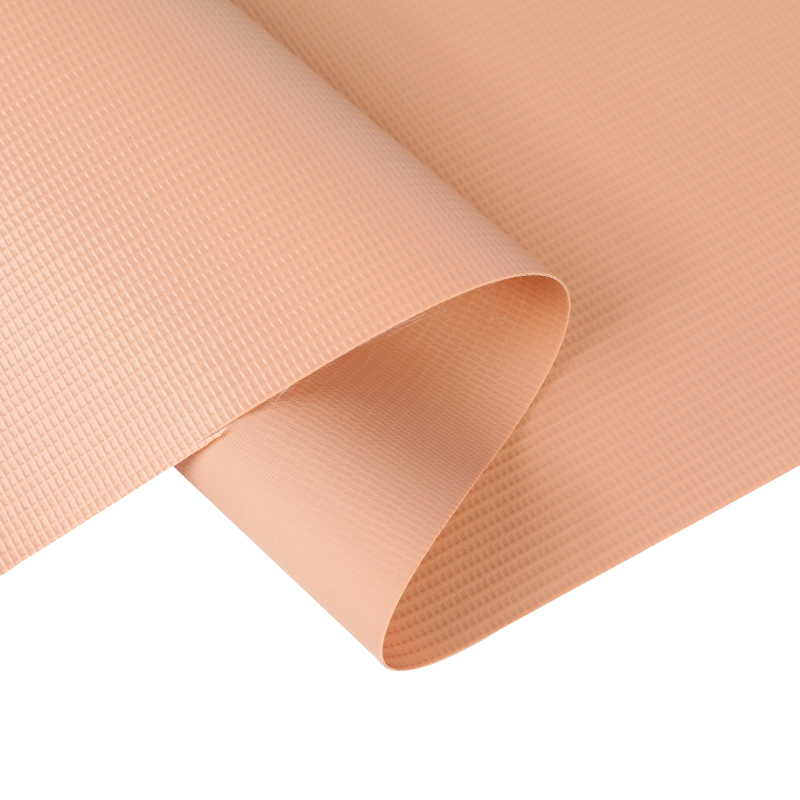Laminated tarpaulin, a heavy-duty fabric material treated through a lamination process, has become essential in a variety of outdoor applications due to its remarkable protective qualities. This lamination involves bonding multiple layers together using heat, pressure, and adhesive, resulting in a tarp that excels against water, UV rays, mildew, and tearing. As industries evolve and demands for performance increase, advancements in technology continue to enhance the functionality and durability of laminated tarpaulin, making it an even more reliable choice for professionals across various sectors.
One significant advancement in laminated tarpaulin technology is the introduction of specialized coatings that further improve water resistance and UV protection. These coatings not only enhance the tarp's ability to repel water but also prevent degradation from sunlight, extending the lifespan of the product significantly. Manufacturers are now incorporating nano-coatings that provide a hydrophobic surface, allowing water to bead and roll off easily, which is particularly beneficial for applications in extreme weather conditions. This innovation is not only about protection but also convenience, as it reduces the need for regular maintenance and cleaning, making laminated tarpaulin an attractive option for outdoor enthusiasts and professionals alike.
Another area of innovation is the development of eco-friendly materials used in the lamination process. As environmental concerns continue to grow, manufacturers are increasingly seeking sustainable options that do not compromise performance. Bio-based plastics and recycled materials are being integrated into laminated tarpaulins, creating products that are both durable and environmentally responsible. These advancements cater to a market that is not only concerned with functionality but also with the ecological footprint of the materials they use. The shift towards sustainability reflects a broader trend across industries, making laminated tarpaulin a viable choice for eco-conscious consumers and companies.

The manufacturing processes themselves are also undergoing significant improvements. Advanced production techniques, such as automation and precision cutting, ensure that laminated tarpaulins are produced with consistent quality and minimal waste. Innovations like computer-aided design (CAD) allow for customized solutions that meet specific industry requirements, whether for construction, transportation, or event management. This level of customization empowers businesses to select tarpaulin features tailored to their unique challenges, enhancing both performance and cost-effectiveness.
Furthermore, recent developments in thermal bonding technology have revolutionized the way laminated tarpaulins are assembled. By utilizing high-frequency welding and advanced adhesives, manufacturers are creating seams that are not only stronger but also more resistant to moisture infiltration. This is particularly important for tarpaulins used in harsh environments where even the smallest breach can lead to significant problems. As a result, the integrity and durability of laminated tarpaulin have been markedly improved, making it a go-to solution for demanding applications.
The landscape of Laminated tarpaulin technology is rapidly evolving, driven by innovations aimed at enhancing performance, sustainability, and customization. With advancements in coatings, materials, manufacturing processes, and seam integrity, laminated tarpaulins are set to continue their rise as essential tools across a multitude of industries. As the demand for reliable, high-quality protective materials grows, the future looks bright for laminated tarpaulin, promising even greater adaptability and performance in the face of diverse challenges.











